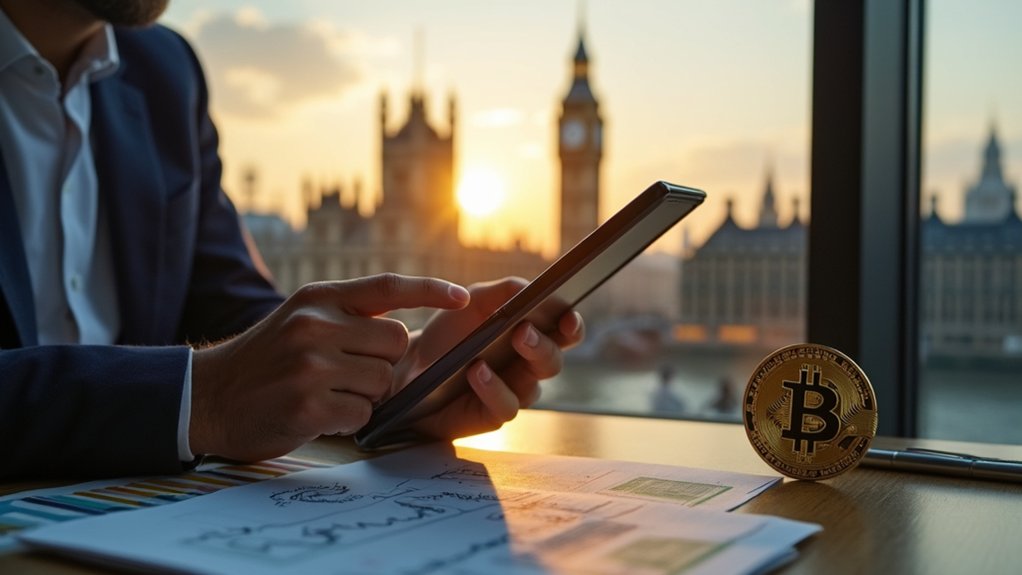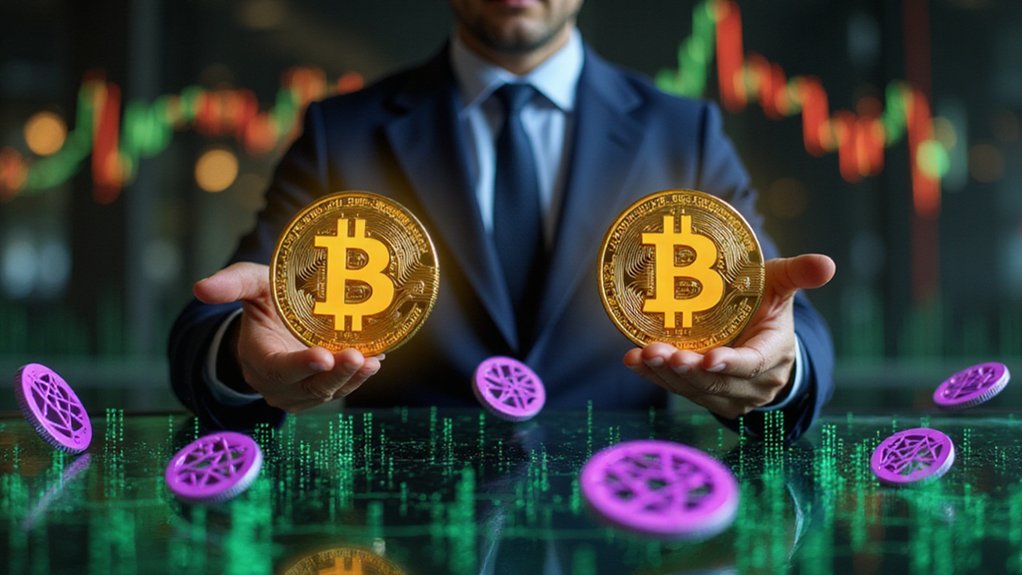The Trump family has pivoted into cryptocurrency with the theatrical flair one might expect, launching World Liberty Financial in October 2024—a venture that manages to combine digital assets, political branding, and what critics charitably describe as creative financial engineering.
The enterprise encompasses WLFI tokens, the USD1 stablecoin, and a publicly traded company created through partnership with a biotech shell firm on NASDAQ, allowing traditional investors exposure without venturing into crypto exchanges.
The financial metrics reveal ambitious scope: $550 million raised through direct WLFI token sales, while the USD1 stablecoin achieved a $2.2 billion market capitalization. An additional $1.5 billion flowed in via partnership with ALT5 Sigma, a publicly traded entity, bringing the overall WLFI token supply valuation to approximately $20 billion.
The numbers tell a story of remarkable scale: $20 billion in token valuation built from strategic partnerships and direct sales.
The Trump family reportedly captures 75% of token sale proceeds—a distribution that would make even seasoned venture capitalists raise eyebrows.
Eric Trump and Donald Trump Jr. serve on the public company board, while cofounders Chase Herro and Zak Folkman handle the technical ecosystem development. The business model centers on investing stablecoin reserves into short-term US treasuries, targeting a modest 4% annual return—hardly revolutionary, though the delivery mechanism certainly qualifies as unconventional.
Critics have emerged with predictable vigor. Portfolio manager Owen Lamont describes the token issuance process as violating basic finance principles, while financial experts warn of an “infinite money glitch” model that relies on selling new tokens at premium prices to fund asset acquisition.
The structure offers WLFI holders limited governance rights over stablecoin development, though questions persist about actual investor protections. World Liberty Financial follows the growing trend of digital asset treasury companies that hold cryptocurrency on their balance sheets, similar to MicroStrategy’s pioneering model.
The timing appears deliberately strategic, positioned as capitalizing on digital assets amid what the family characterizes as banking politicization under the Biden administration. The USD1 stablecoin’s rapid growth has been significantly aided by Binance, which received a $2 billion investment from an Abu Dhabi venture firm.
Whether this represents genuine financial innovation or elaborate brand monetization remains an open question, though the $2 billion in combined fundraising suggests considerable market appetite—or at least curiosity—for Trump-branded digital assets. The venture has emerged as institutional adoption accelerates across cryptocurrency markets, driven by enhanced regulatory clarity and compliance frameworks.
The venture exemplifies how political capital can be converted into financial instruments, regardless of underlying economic fundamentals.








